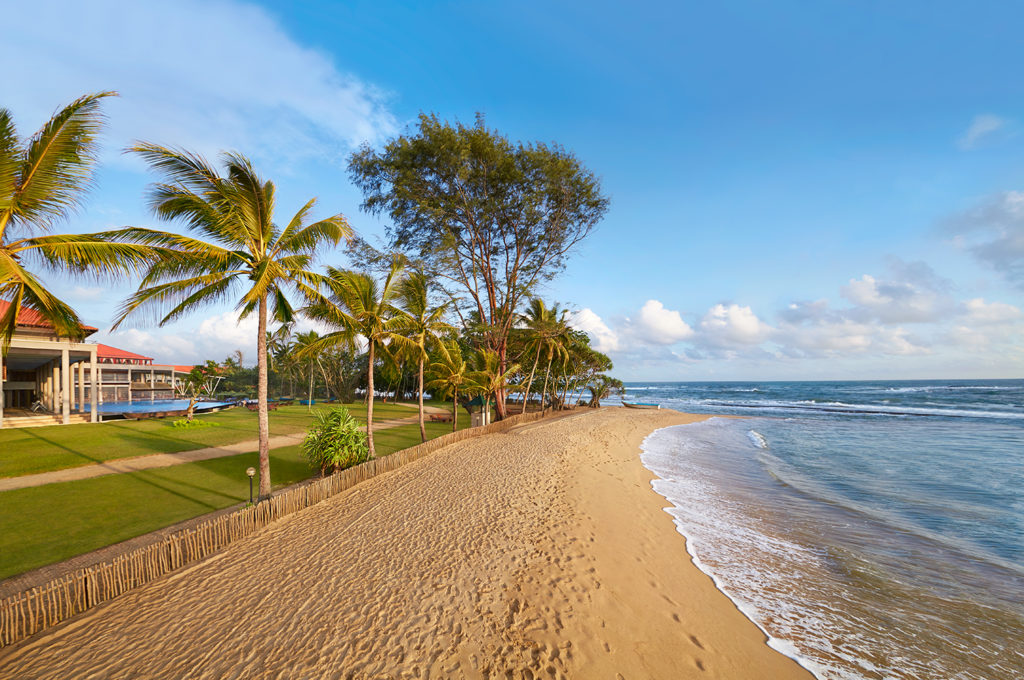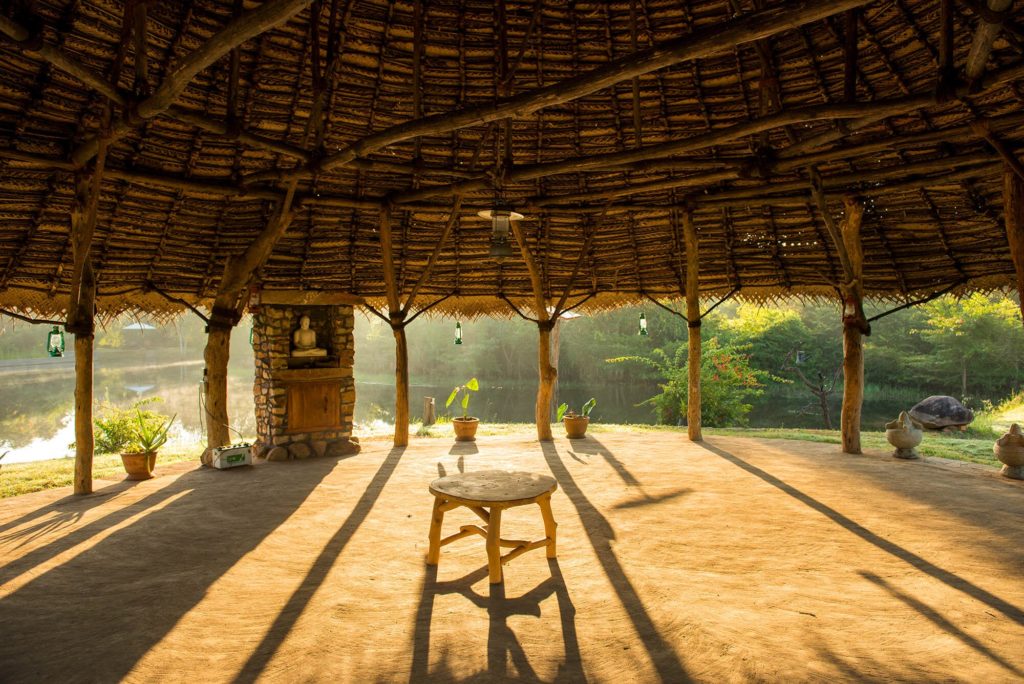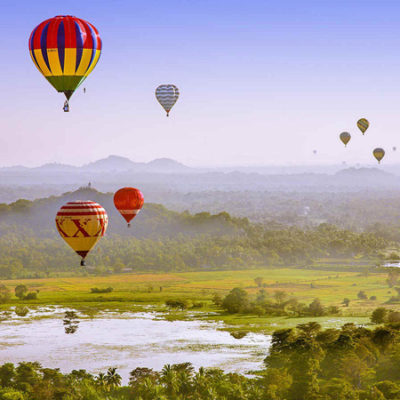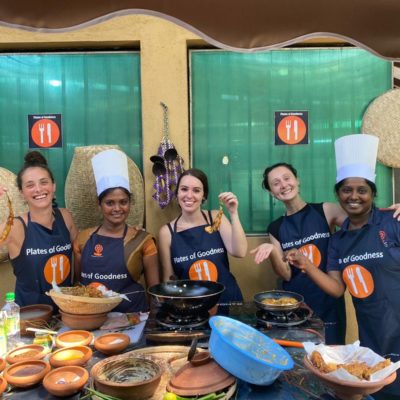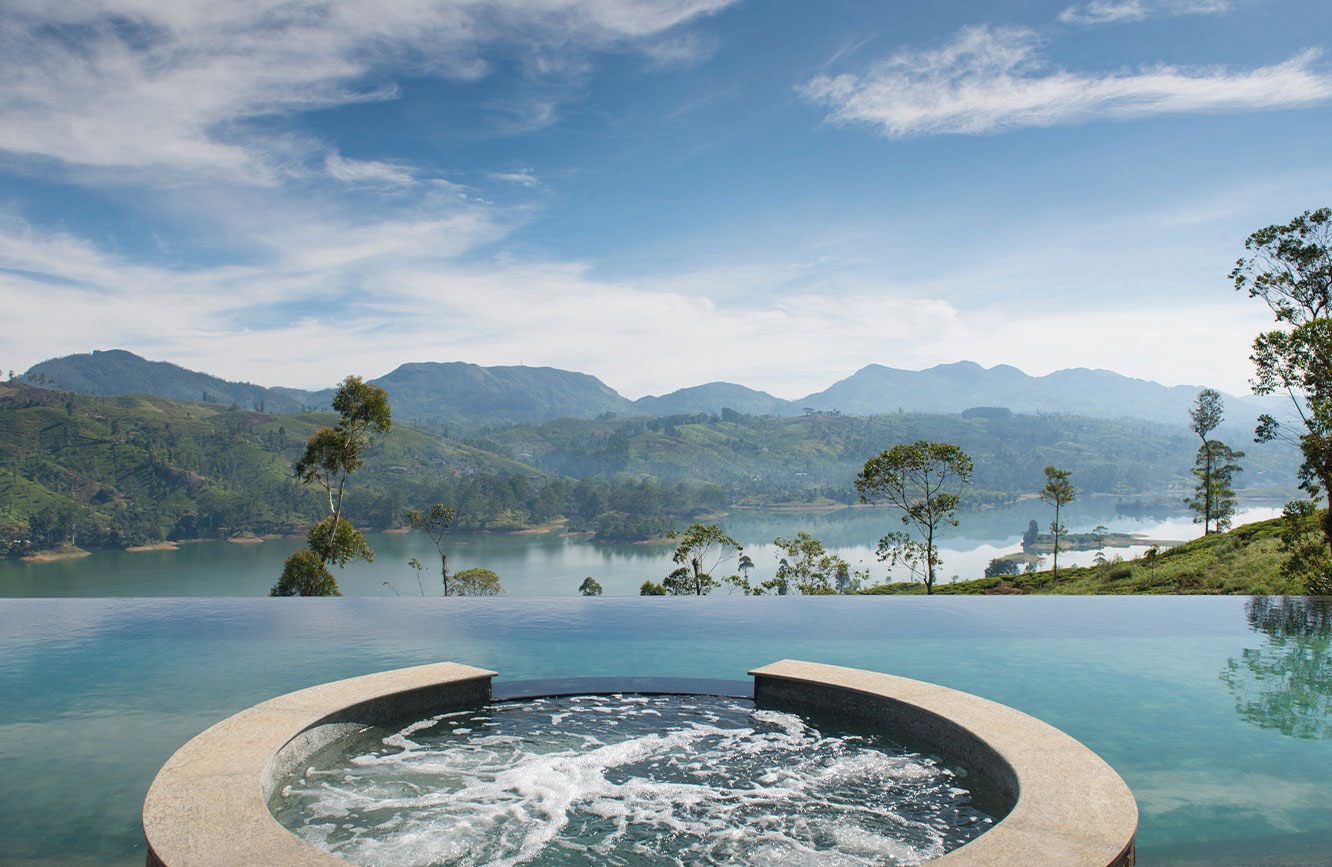
The Revival of Sri Lanka’s Tourism Industry
As I write this article, it is two years to the day since the Easter Sunday bombings in Sri Lanka on the 21st of April 2019. Within thirty-six hours the cities of Negombo, Batticaloa and Sri Lanka’s capital Colombo were hit with six bomb attacks. In a country savouring a decade of peace after a long and bloody civil war, these attacks brought it to its knees. With 269 fatalities reported and over 500 people injured, it was the country’s deadliest event since 2009. Suddenly the ten years of relative peace, which had allowed the economy and the tourism industry along with it to thrive, had seemingly come to a nightmarish end…
Sri Lanka’s Resolve Against Adversity
Two years on, the question remains as to whether the country will ever see the same numbers of tourists again. 2019 was set to be a record-breaking year, with 3 million travellers expected to grace the island’s shores, but by December 2019 that number stood at just 1.6 million – it has been an economic shock the tourism industry hasn’t had the chance to fully recover from. In the month after the attack visitor numbers plummeted by 70%, with national governments placing a non-essential travel ban on the hugely popular tourist destination, something with which we are perhaps all too familiar, with the events relating to Covid-19 in 2020 onwards.
Local traders and artists who relied on tourism saw their income drop by two thirds. Along with the national grief which the country succumbed to, the impressive economic recovery that had taken place since the end of the civil war had been jeopardised overnight. Thousands of hotel staff and service industry workers lost their jobs as entire coastlines, previously bustling with sunbathing travellers, were suddenly eerily silent.
Will Tourism in Sri Lanka ever be the same?
Five months after the attacks, industry professionals had seen visitor numbers begin to crawl back to what they once were, yet occupancy was still at 50%. But within this hardship, the community began to come together, as so often happens in trying times. Members of the tourism industry began to connect and talk, realising that it might take a mammoth effort to regain the trust of international travellers. What was needed was a united voice, calling in unison to say that Sri Lanka is safe and open.
Even after travel bans were lifted and tourists were once again encouraged to travel to the blissful beaches and misty mountains, the recovery was still agonising for Sri Lanka’s one in ten families who rely on tourism for income. And so, the Sri Lanka Tourism Alliance or SLTA was created, with the purpose of bringing the industry together, supporting its struggling workers, and constructing a sustainable recovery plan.
Made up of industry professionals, from housekeeping staff to owners, the Alliance’s core functions remain to this day ‘innovation, sustainability and collaboration’. Tourism being Sri Lanka’s third-largest industry, they argue it was vital that the industry come together with one united voice to help the government speed up economic revival. Throughout the rest of 2019, it was not safety that had prevented a return to normalcy, but the absence of tourists and with that, normal day-to-day life.
With swift action the Love Sri Lanka website was up and running, providing travellers with timely information about all aspects of their trip, including the island’s many must-see destinations. The SLTA helped hotels and resorts gain grants, and lobbied with the Sri Lankan government to provide any type of financial aid possible. This came in the form of financial packages and low-interest loans. Along with a successful PR campaign, the SLTA set out to create educational pathways within the industry for its workers.
Perhaps most encouraging of all, at the core of the Alliance’s work was the intent to rebuild in a sustainable way, so that the recovery could last and revitalisation of the industry would not be at the expense of the island’s environmental wellbeing. Steering the industry towards sustainable and collaborative practices and maintaining that unified voice, the SLTA website was and remains a resource for the industry’s professions to learn about updates, new reports and anything useful. And in the wake of COVID-19, as tourism was hit once again, the Alliance has provided a community and a sort of union for those who’ve needed help in this time.
“As the tourism industry in Sri Lanka is getting back on its feet, the unity formed in the adversity of the aftermath of the Easter Sunday bombings, and indeed that of COVID-19, has meant recovery may be not so far out of reach.”
Impact of Covid-19
So while the country hopes for a return of the numbers of tourists it once saw, as deserted beaches begin to see the pattern of footprints once again, there has been a lot going on behind the scenes. In the uncertainty of the aftermath of the deadly attacks in April 2019, it is no surprise the good-natured, dedicated individuals that make up Sri Lankan hospitality came together to create a community and support one another.
It meant not only were struggling workers supported where possible and the industry had an organisation in its corner, but also important environmental values were shared and made an industry-wide priority in the effort to rebuild. As the tourism industry in Sri Lanka is getting back on its feet, the unity formed in the adversity of the aftermath of the Easter Sunday bombings, and indeed that of COVID-19, has meant recovery may not be so far out of reach.
In parallel with the STLA’s ongoing support for businesses reopening, comprehensive travel information has been provided for travellers to make sure everyone is informed and aware of how to travel and work in the safest possible way. The Sri Lankan authorities have announced that travellers are being separated between those who have been vaccinated and travel 14 days after they have received their final dose, and those who have not been vaccinated. After completing a negative PCR test on arrival at their hotel, guests who have been vaccinated will spend 7 nights staying at a Level 1 hotel in a ‘bio bubble’, with the ability to visit certain ‘bio bubble’ inclusive attractions.
After seven days, and on receipt of another negative PCR test, they are free to travel with no restrictions. Travellers who have not been vaccinated go through the same process but must stay in the Level 1 hotel and within the ‘bio bubble’ for 14 days. It is this proactive approach taken by the Sri Lankan authorities, in ensuring the safety of tourists and its own population alike, that demonstrates why Sri Lanka is projected to be one of the safest places to travel to and might become one of the top destinations of 2021 and beyond.
Economy of Sri Lanka
When COVID-19 hit Sri Lanka’s economy was still reeling from the Easter Sunday attacks. The success of the tourism industry’s efforts to get travellers back still has yet to be determined, and industry workers have spent two years either out of work or with greatly reduced income. This is why, as the world begins to open up and suitcases come out from under the bed, perhaps the lush rainforests and white sandy beaches of Sri Lanka should be first on your list. The lifting of restrictions and careful travel plans put in place by the Sri Lankan authorities signals a fresh start.
Communities across the country have long-awaited the sound of bustling beaches and busy restaurants, as they crave the return of normal day-to-day life after two years of hardship. In the difficult times, communities reliant on the tourism industry came together and supported one another as best they could, and from it they have gained an organisation that shows no signs of going anywhere. The Sri Lanka Tourism Alliance has brought together workers from all corners of the industry and championed sustainable recovery and economic support in the meantime, and provided solidarity for those hit hardest.
With the work of the Alliance and that of the Sri Lankan government, there is great hope that the fear caused by the Easter Sunday attacks has dissipated, and the lifting of restrictions means tourists will return in the numbers seen before the attacks. The comprehensive health and travel plan provided so promptly by the Sri Lankan authorities means that UK travellers can begin to dream of adventure once more.
Explore the historical tea country, where swathes of pea-green tea bushes swirl around the fields in mesmerising circles; marvel at the vistas from the mountaintops where rooftop restaurants lie above the clouds; tour one of the country’s many national parks where leopards stroll the grassland and rule the savannah; or simply sit back, sipping a cocktail on one of the many exotic beaches as the Indian Ocean stretches out for miles, and whales pop their tails out to say hello. Do all of it and more knowing that your safety has already been taken care of.
“From researching and writing this article what is abundantly clear is how culturally diverse Sri Lanka is and travellers to Sri Lanka will see that the country is not just a beautiful destination, but that visiting its stunning shores directly helps the country’s communities bounce back.”

